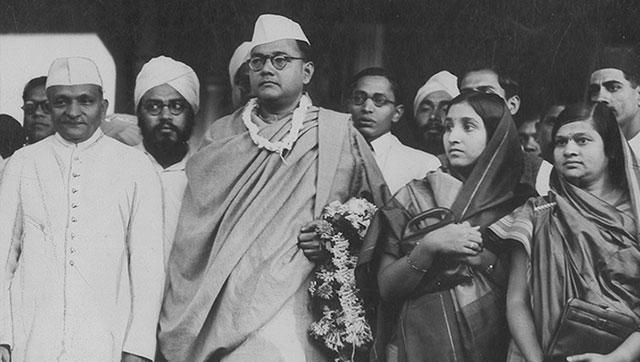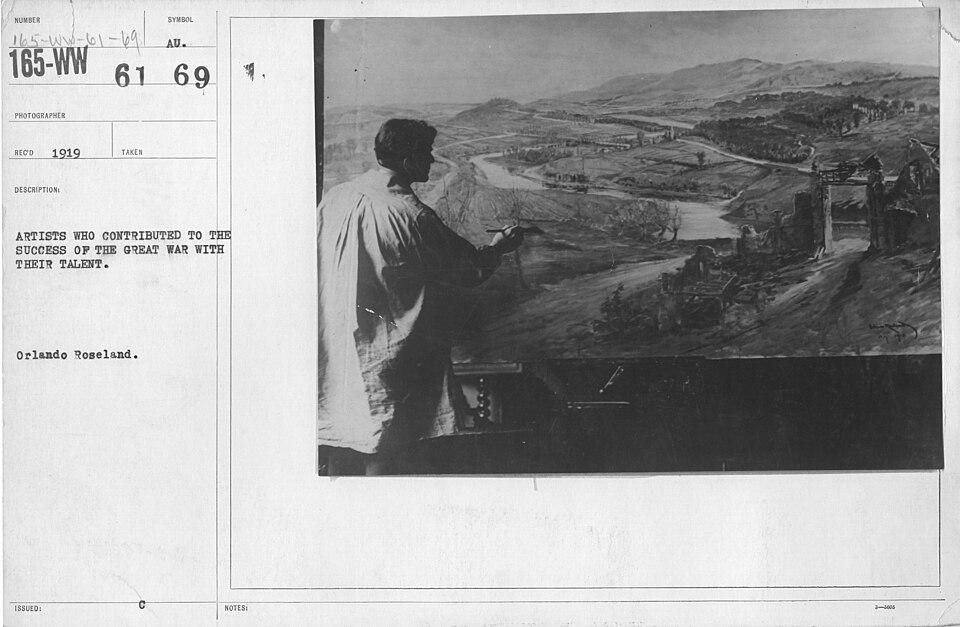
Timelines 10
Man and his Senses 10
Man and his Inventions 10
Geography 10
Fauna 10
Timelines 10
Man and his Senses 10
Man and his Inventions 10
Geography 10
Fauna 10

"India's relations with former Czechoslovakia…have always been warm, friendly and have a long history." This sentence marks the opening of Czechoslovak consulates in Bombay (October 1920) and Calcutta (December 1929). Other landmarks in the bilateral relation were the visits by Rabindranath Tagore in 1921 and 1926, the establishment of Czech Bata works at Batanagar in India in the 1930s, and the visits of Netaji Subhas Chandra Bose in 1933 and 1938. Such bullet points, are the archival markers that allow us to reconstruct a relationship that was economic, cultural and political long before 1947.
If one were to open a drawer of correspondence from the interwar years, a few curious postcards and meeting notes might appear. Rabindranath Tagore's visits to Prague in 1921 and 1926 left cultural traces: a bust of Tagore in Prague and street names (Thakurova) that recall his presence. These visits were not mere dignitary tours. They fed an exchange of ideas: Czech intellectuals translated Indian poetry, Czech composers adapted Tagore's stories into music, and university chairs in Indology were established at Charles University in Prague. Such scholarly currents made Czechoslovakia one of the more culturally receptive European cities for Indian literature and thought during the interwar years.
A second, more political strand ran through the 1930s. Subhas Chandra Bose, the fiery nationalist known to millions simply as Netaji, visited Prague repeatedly in the 1930s and played a direct role in forging institutional links. Historical accounts attribute to him the founding of the Indo-Czech Republic Association in Prague in 1934; the organization raised an Indian tricolour bearing the charkha, a symbol of the freedom movement, and provided a center for Indian students, exilees and sympathizers. Bose's meetings with Czech statesmen such as Edvard Beneš, recorded before Czechoslovakia's descent into crisis, are emblematic of how anti-imperial networks and European sympathies often intersected in the interwar period.

Commerce threaded through this cultural and political traffic. One of the most visible and durable links was the expansion of the Czech footwear firm Bata into India. The establishment of Bata works at Batanagar, near Calcutta in the 1930s, quickly grew into a township and production hub that shaped local labour markets and consumer tastes. Bata's business presence is an example of how European industrial capital, sometimes associated with imperial networks, also created long-lived transnational institutions that persisted after political independence. Accounts note Bata's special place in India's urban industrial history and amongst its retail consumers.
The two world wars, however, put different pressures on the two societies and changed their relationship through conflict. For India the First World War was at once a proving ground and a catalyst for political change: more than a hundred thousand Indian soldiers sailed to Europe, landed at Marseilles and fought in the Western and other fronts; estimates put the figure of 138,608 Indians as part of the larger imperial contribution. The wartime experience exposed soldiers and returning veterans to new ideas and a radicalized politics; the strain of war, shortages, and political disappointment after 1918 fed the growth of mass nationalist movements at home.
Czechoslovakia's twentieth-century story was more sharply marked by the rise of totalitarianism. The 1930s saw the republic's fragile parliamentary order tested by external aggression. By 1939 the German Reich's occupation of Czechoslovakia had shattered the independent republic that Tagore and Bose had encountered. Reports highlight this break: political friendship in the interwar period gave way to occupation and exile for many Czech leaders. These events reshaped the space in which Indo-Czech friendship and mutual sympathy had earlier flourished, as Czechoslovak refugees, political exiles and cultural networks dispersed across Europe and beyond.
World War II pulled India even closer to the center of global conflict and accelerated internal debate over the cost of imperial loyalty. India's contribution to the Allied war effort, men, material and money, was vast; it produced both economic opportunities (orders for jute, steel and other war supplies) and political tensions (wartime controls, food shortages, and the controversial use of repressive legislation). The war era intensified Indian political mobilization: the Quit India movement, the growth of rival trajectories including the Indian National Army led by Bose in Southeast Asia, and the political negotiations that culminated in the fragile settlement of 1947 - at the time of India's independence.
Two small archival examples will make these interconnections concrete. First: a consular dispatch recorded in diplomatic briefs lists the opening of a Czechoslovak Consulate in Bombay in October 1920, a practical sign that Prague sought official representation where commerce and the colonial apparatus intersected. Second: a brief report in a Calcutta intelligence file records rumours in 1948 about manuscripts and private correspondences linked to Netaji's European travels; while sensational and disputed, such reports show how closely Indian public life scrutinized the European travels of its leaders. Both items are modest, bureaucratic objects; taken together, they show how government records and rumours are often the raw materials of transnational history.
By the autumn of 1947 the formal map had altered: India became an independent dominion on 15 August 1947; diplomatic recognition and bilateral relations with the successor states of Central Europe followed in the postwar years. Diplomatic relations with Czechoslovakia were re-established on 18 November 1947, an administrative hinge whereby a relationship that had enjoyed long, informal cultural and commercial depth finally acquired a formal diplomatic architecture. Yet the informal ties, scholars, industrialists, veterans, and exilees, continued to stitch the two societies together in ways that outlasted regime change.
From a longer perspective, the India–Czechoslovakia story between 1780 and 1947 is less a single narrative than an interwoven set of encounters: trade routes and scholarly chairs, a poet's concerts and a nationalist's meetings, a factory township and a field hospital. These were the everyday means by which two societies under very different empires found parallels: common experiences of imperial rule, wartime mobilization, industrial engagement and cultural curiosity. Together they illuminate how solidarity and exchanges are made, not by grand gestures alone, but by many small, repeated acts across decades.
Main Image: Subhas Chandra Bose with his associates
Source:
https://tinyurl.com/255ug564
https://tinyurl.com/24oxsa8d
https://tinyurl.com/2c6hcgz6
https://tinyurl.com/287wkekz
https://tinyurl.com/2b2xhyvp
https://tinyurl.com/2dxbtejy
https://tinyurl.com/2dxbtejy
https://tinyurl.com/2brwo9rl
https://tinyurl.com/29zwxdlq
https://tinyurl.com/22g7cy3e
https://tinyurl.com/2ay2mtqt